Filtered By: Publicaffairs
Public Affairs
BEHIND-THE-SCENES: A ‘Born to be Wild’ journey in Batanes
By Annalyn Ardona
"Born to be Wild" airs every Sunday, 9:45 AM, on GMA-7 channel. For more information, follow the show on Facebook and Twitter. For updates on your favorite documentaries, also follow the official Facebook page of GMA Public Affairs.
Batanes is a province known for its captivating beauty and people, both evolved to withstand even the deadliest typhoons. Located in the northernmost part of the country, it lies in the path of most of the 20 or so tropical cyclones that enter the Philippine Area of Responsibility every year.
Here, there is no shortage of scenic limestone hills, continuously bashed and formed by raging waves.
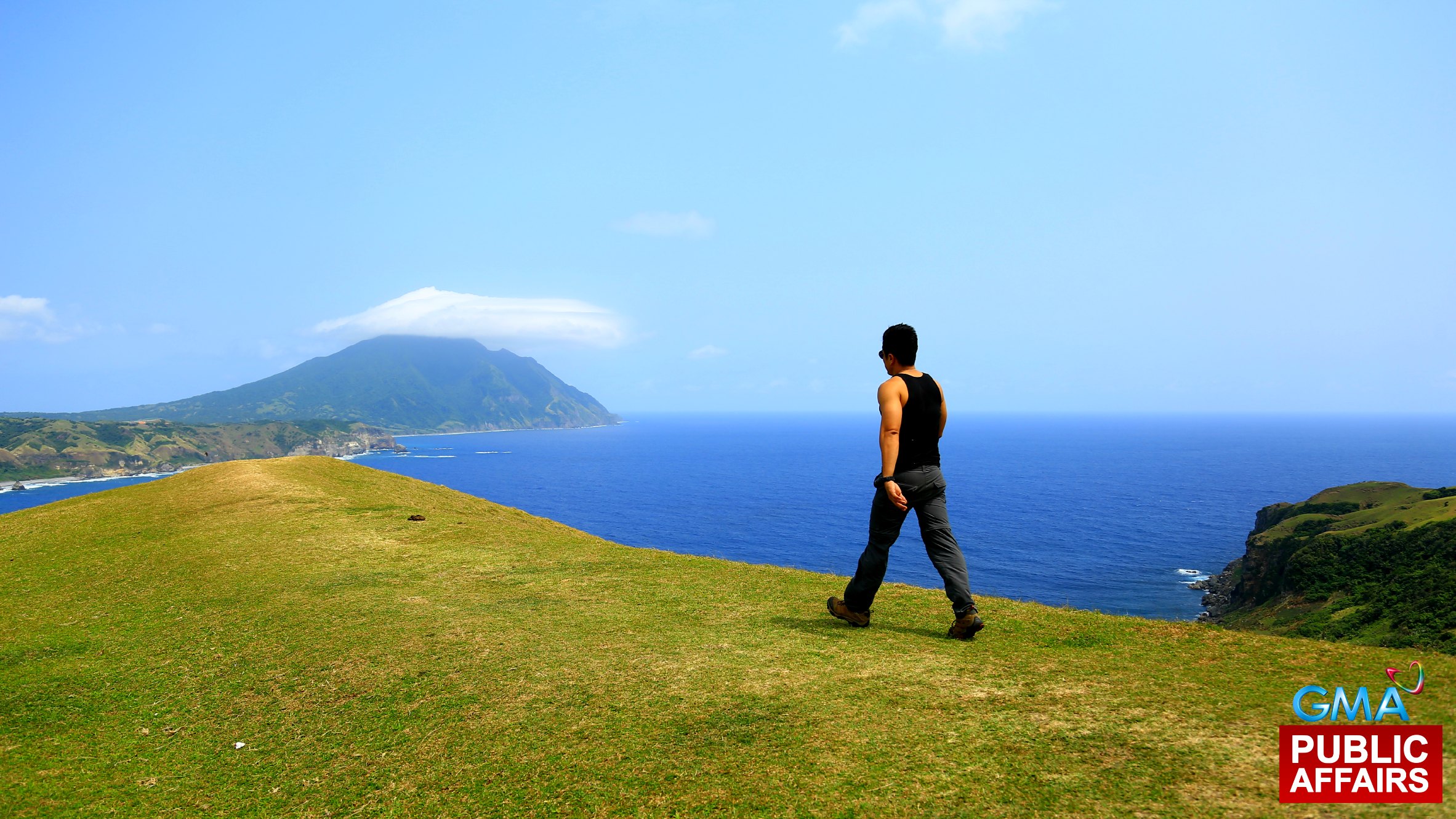
Here’s the view when you look down from one of the hills’ steep cliffs.
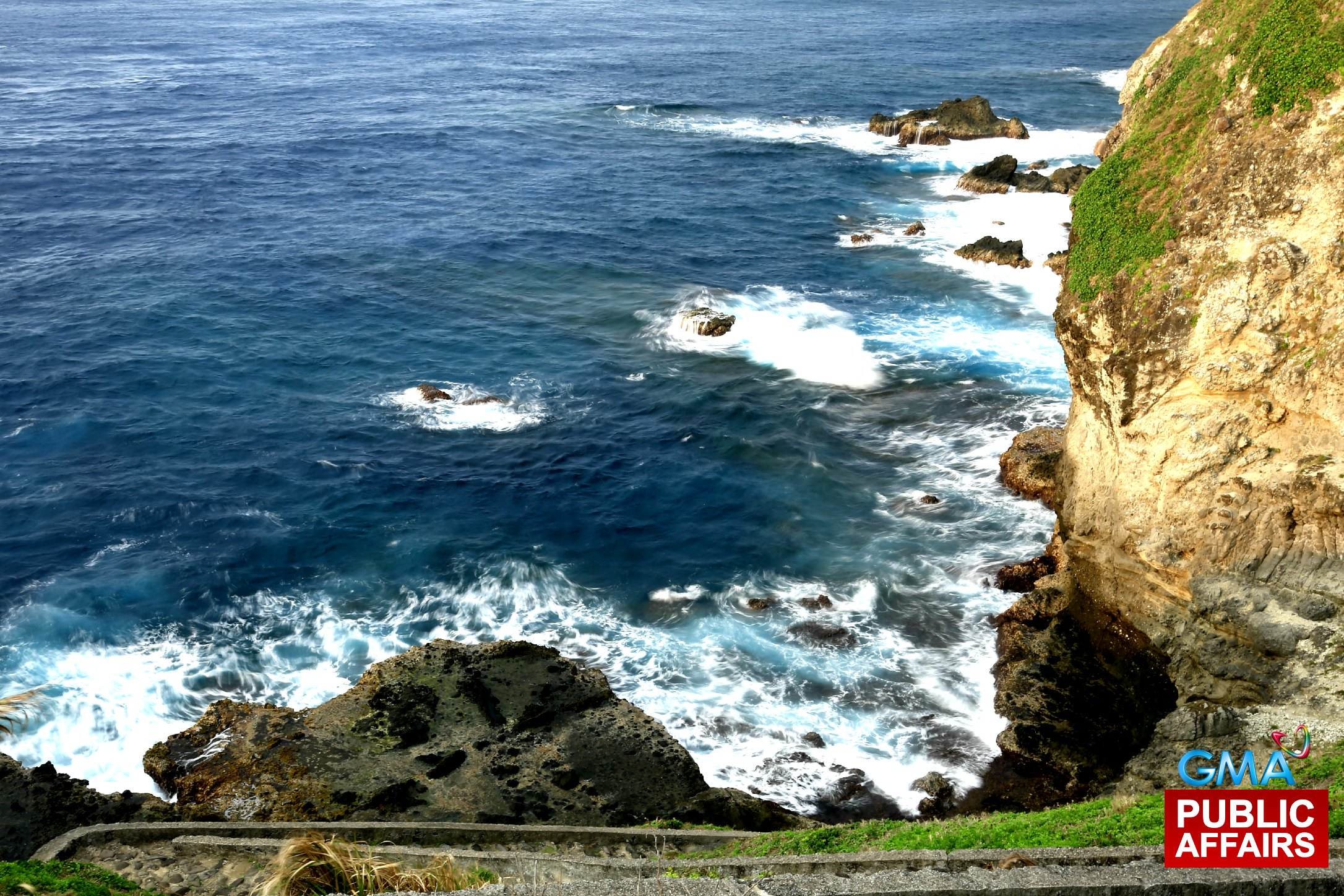
In an area called “Blue Lagoon” in Basco, one can dip in pools of saltwater penetrating a rocky shore. Pressure from the strong waves causes water to discharge upward, resembling little geysers. Be warned, waves can be violent in this area.
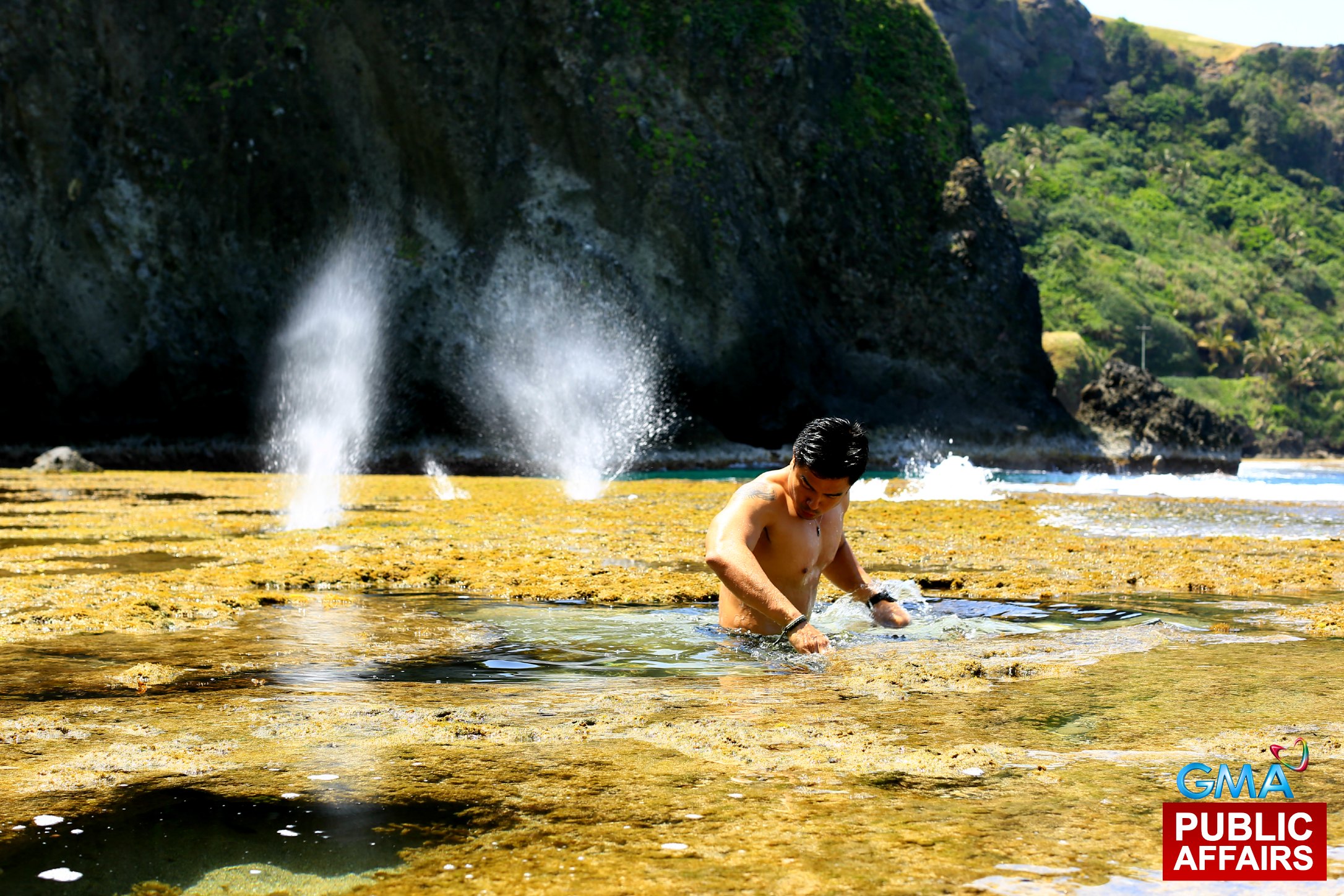
Ivatan houses can withstand super typhoons and cyclones because of their one-meter thick limestone walls and thick multi-layered cogon roof.

Whenever we find a scenic spot, we really take the time to snap a quick wacky group shot. The panoramic landscapes here are just too beautiful to be missed. And Doc Ferds would say, “Let’s take time to enjoy this scenery, our hearts might turn cold if we don’t.”
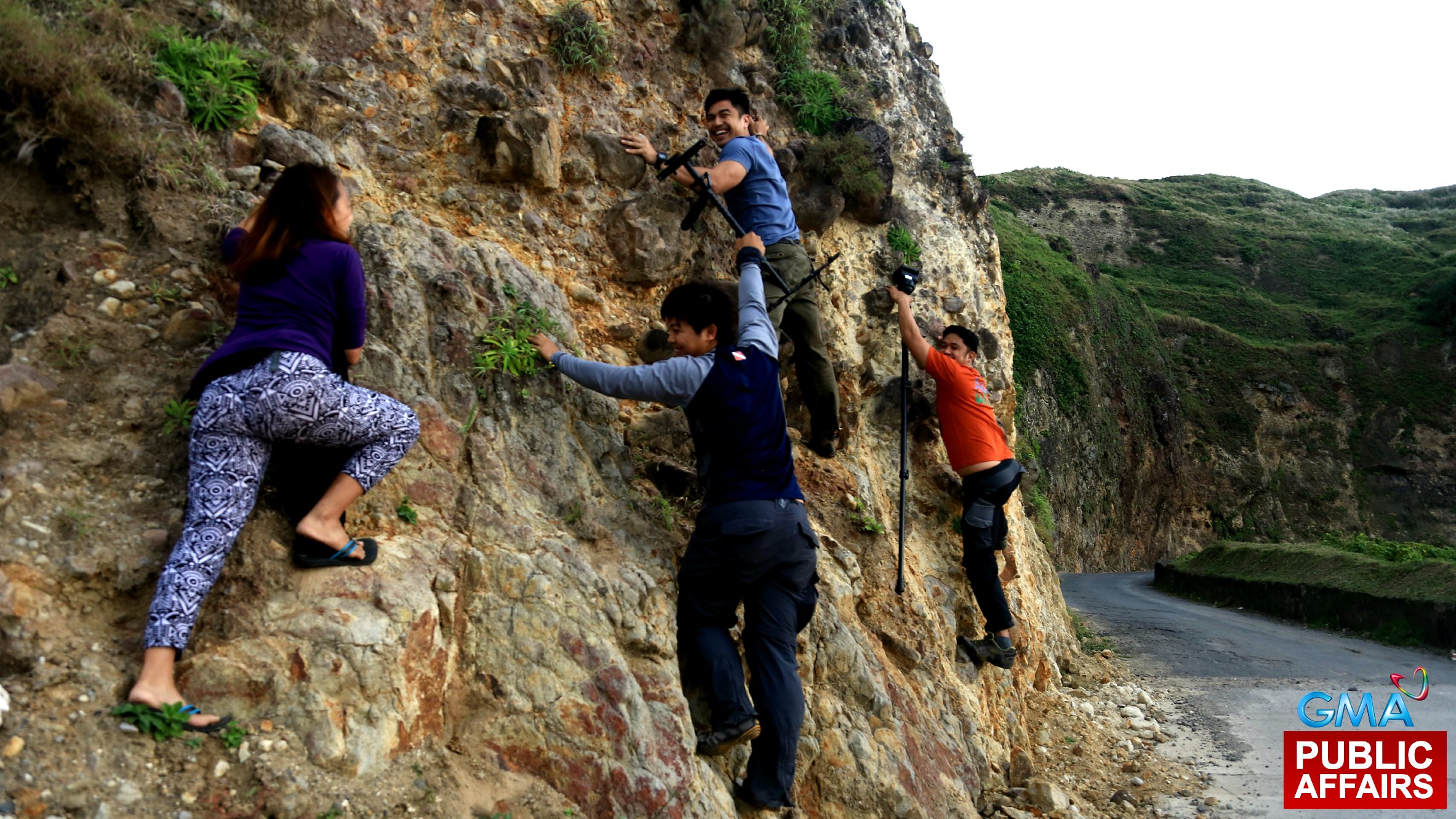
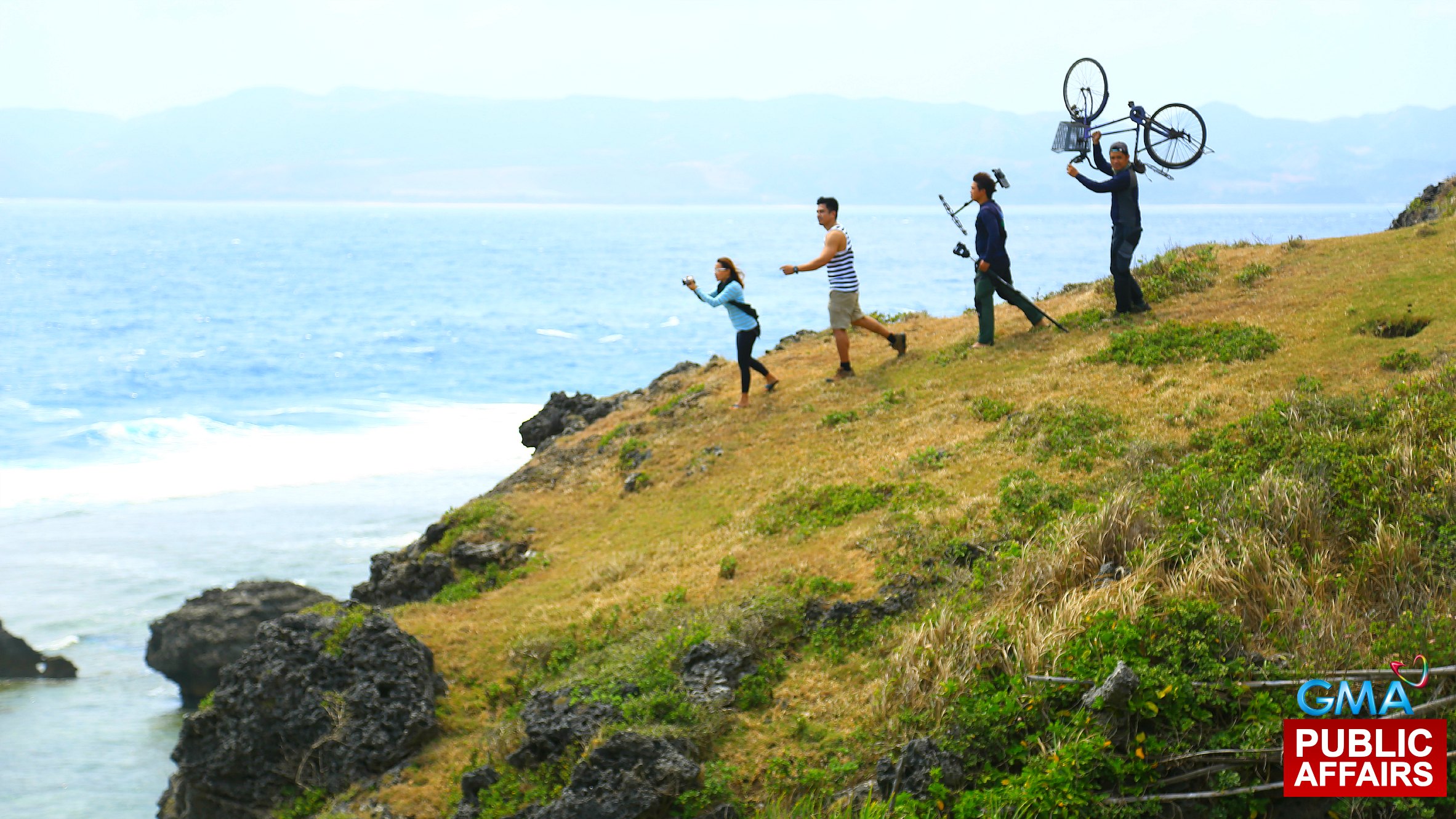
This spot is called the Valugan Boulder Beach, a shore lined with large dark gray boulders. We were on our way film some coconut crabs in the wild, but we made a quick stop to get some beauty shots of this unique terrain. Here, you will hear the wind whistling and the sea humming in soft thunders, as forceful waves come slapping the boulders with violent passion.
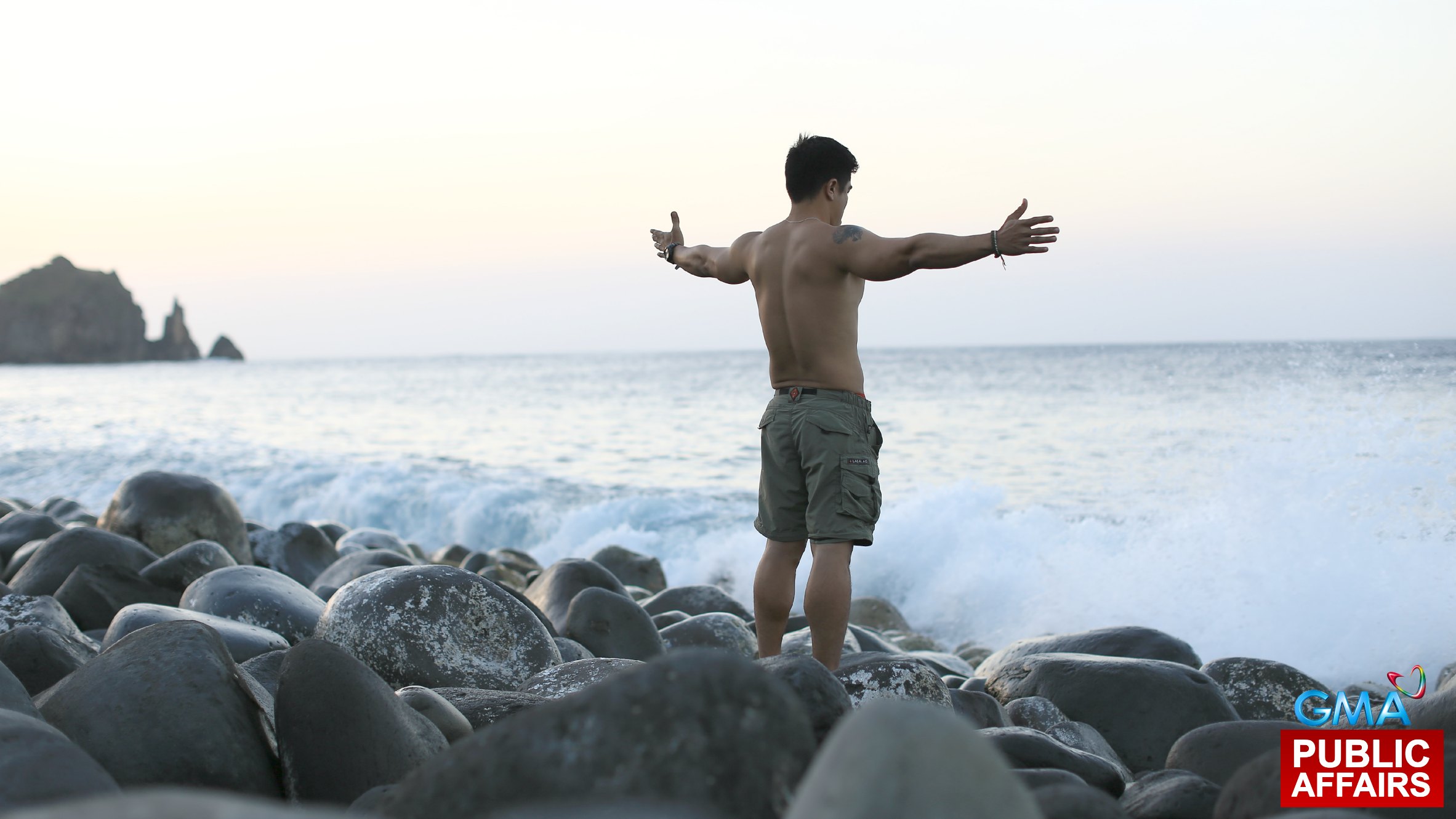
But being breathtakingly beautiful can sometimes have caveats. According to officials, surge in tourism during summer months causes Basco to have water and food shortage. When we were there, locals were lining up to get water for their households. Even the coconut crab, a threatened species, was becoming scarce. Tourists are encouraged to STRICTLY CONSUME LESS RESOURCES or as sparingly as possible when visiting Batanes.
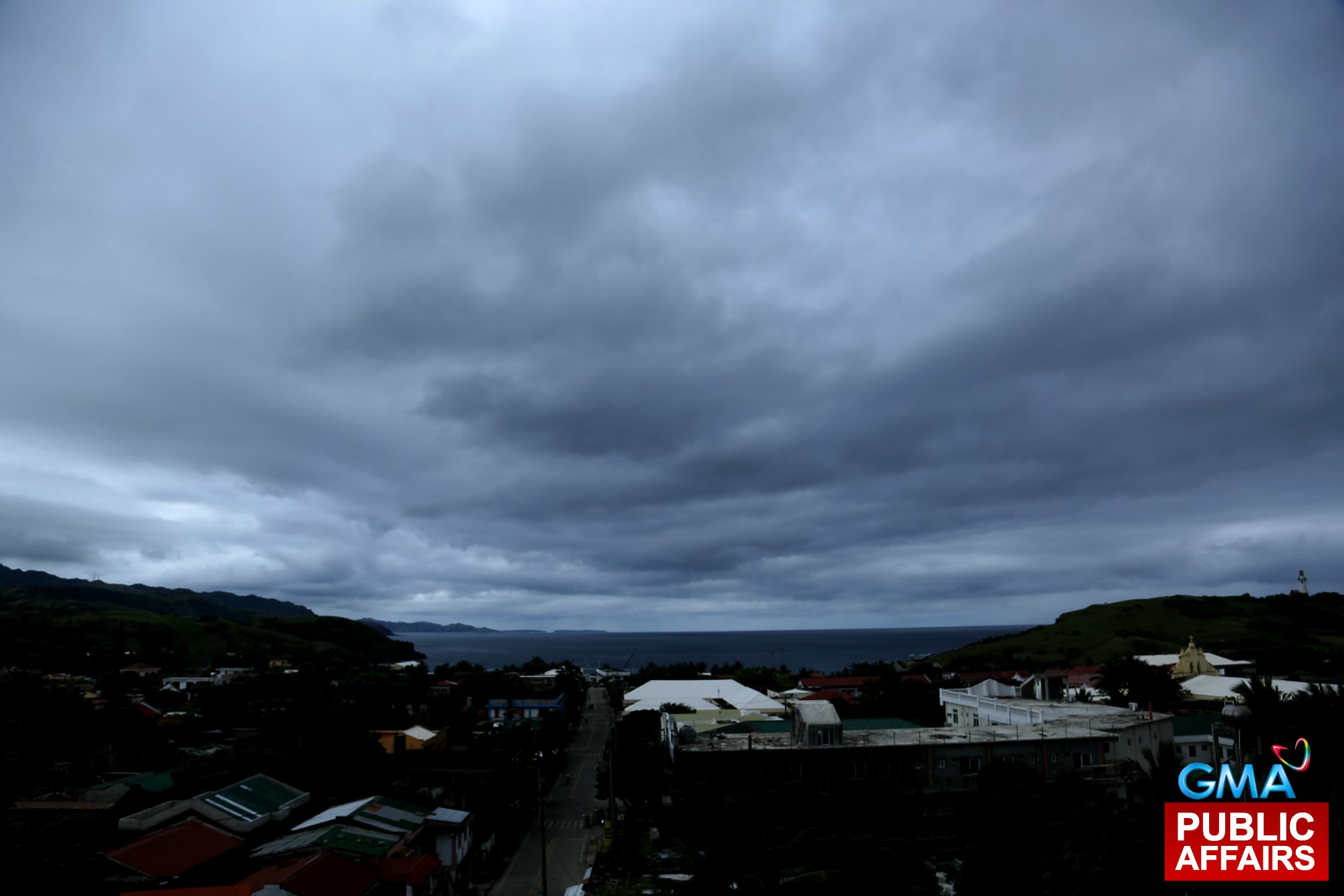
After rigorous treks in the forest to find the Batanes Pit Viper day and night, we would still take time to watch the stars before packing up the shoot.

On our last day in Basco, we arranged for a despedida party to give beautiful yet delicate Batanes a proper goodbye. We set-up a table on top of a hill overlooking the sea and its dramatic sunset.
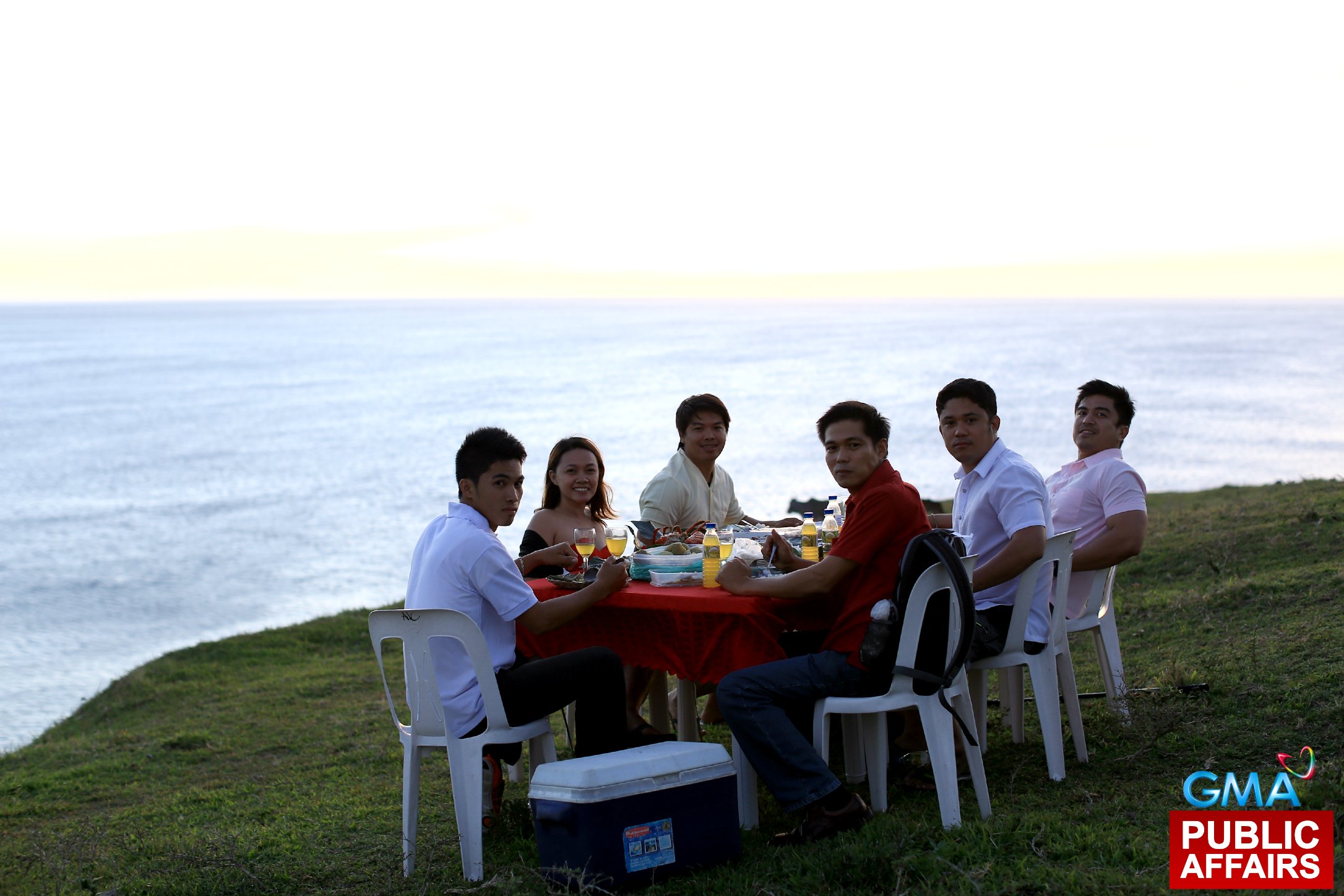
Because there was too much food, we invited passersby to eat with us and they happily obliged!
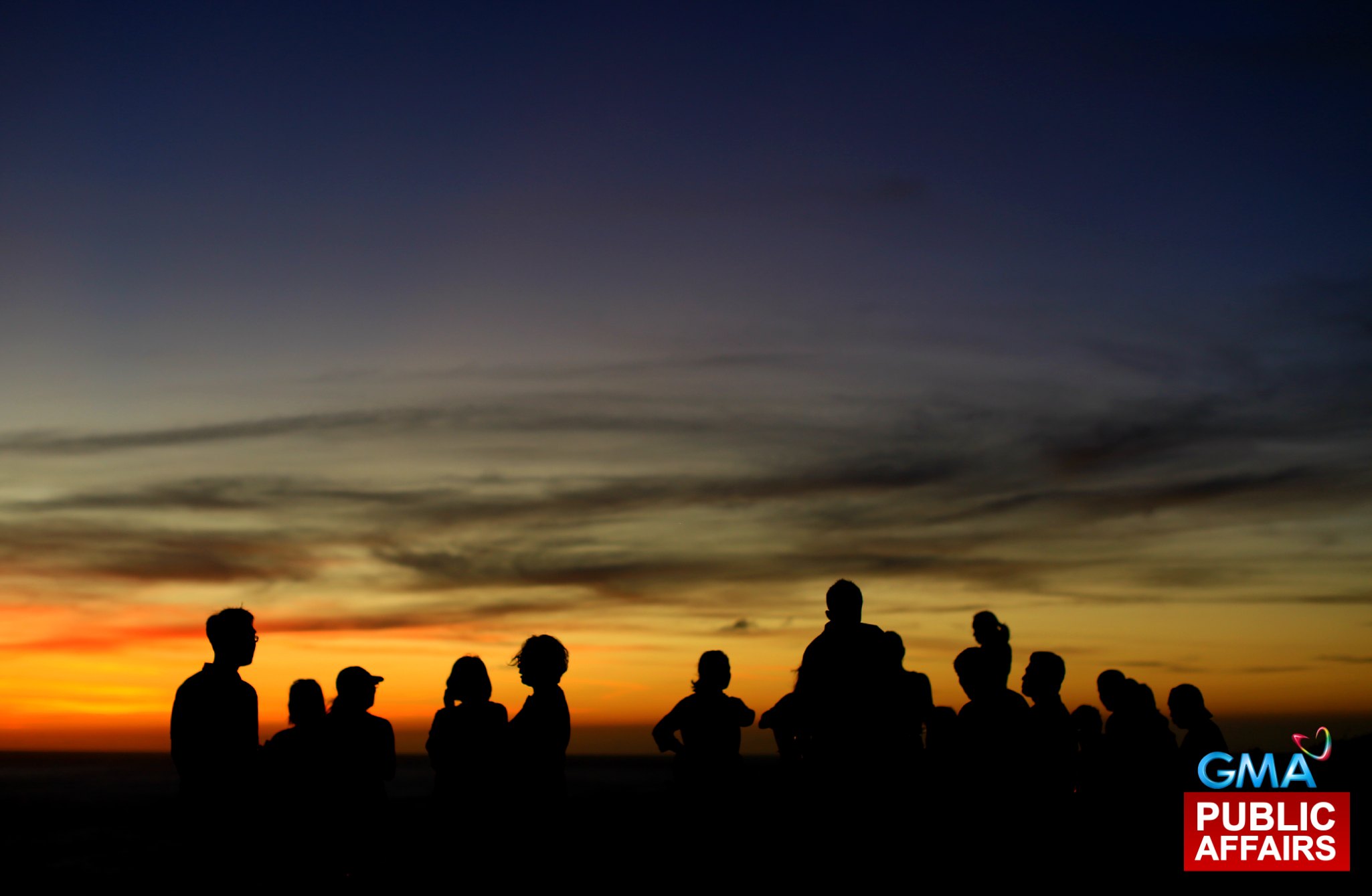
We watched the stars in this spot for three hours, and filmed a timelapse video of the iconic Basco lighthouse against the stunning backdrop of countless stars.
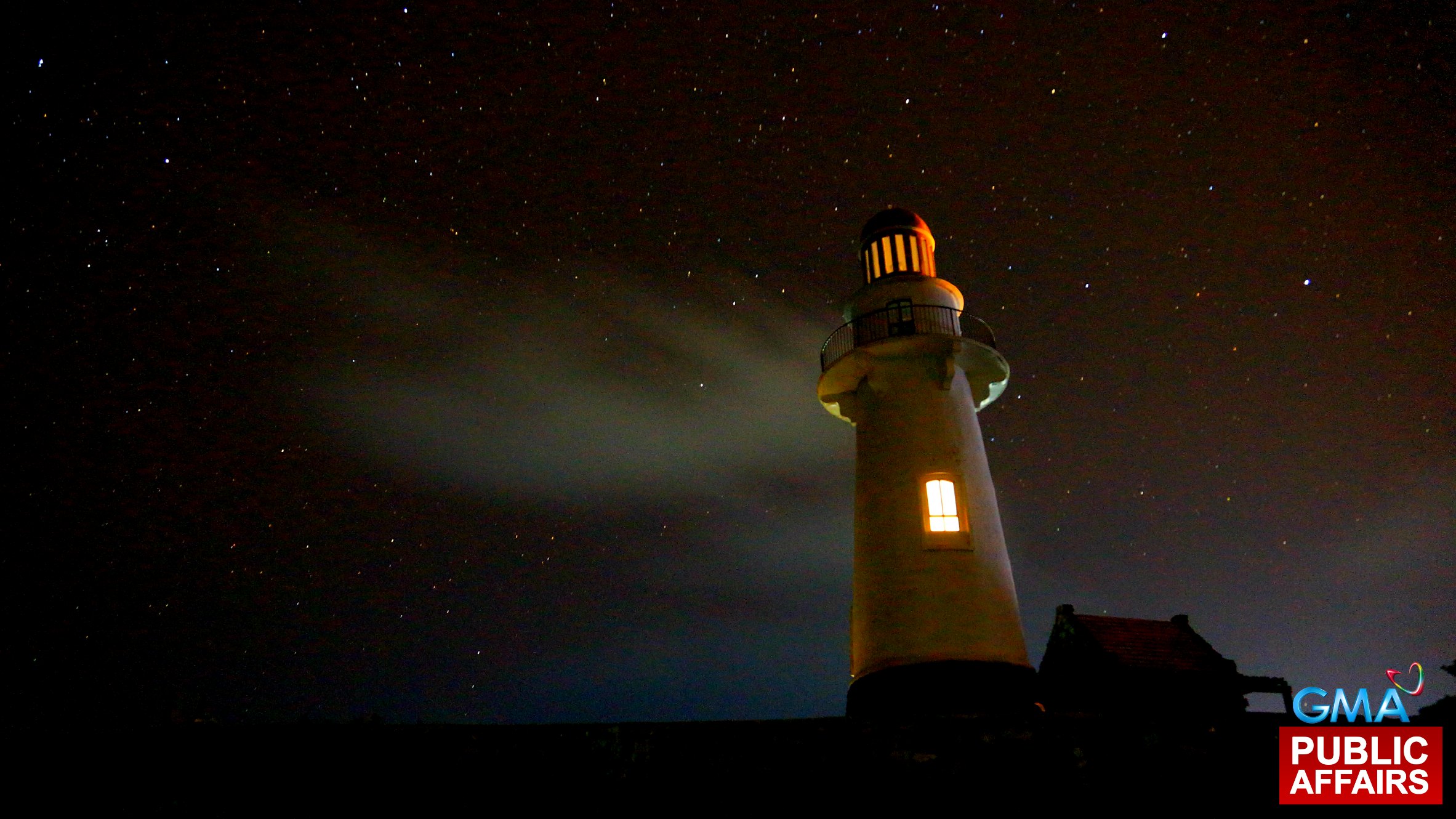
Our stay in Batanes has ended. We left the province totally smitten by its charm, and a determination to tell the world about this rare jewel that needs guarding and preservation.
Photographed by John Mac Marcos, Born to be Wild’s assistant cameraman. -BMS
Batanes is a province known for its captivating beauty and people, both evolved to withstand even the deadliest typhoons. Located in the northernmost part of the country, it lies in the path of most of the 20 or so tropical cyclones that enter the Philippine Area of Responsibility every year.
Here, there is no shortage of scenic limestone hills, continuously bashed and formed by raging waves.

Here’s the view when you look down from one of the hills’ steep cliffs.

In an area called “Blue Lagoon” in Basco, one can dip in pools of saltwater penetrating a rocky shore. Pressure from the strong waves causes water to discharge upward, resembling little geysers. Be warned, waves can be violent in this area.

Ivatan houses can withstand super typhoons and cyclones because of their one-meter thick limestone walls and thick multi-layered cogon roof.

Whenever we find a scenic spot, we really take the time to snap a quick wacky group shot. The panoramic landscapes here are just too beautiful to be missed. And Doc Ferds would say, “Let’s take time to enjoy this scenery, our hearts might turn cold if we don’t.”


This spot is called the Valugan Boulder Beach, a shore lined with large dark gray boulders. We were on our way film some coconut crabs in the wild, but we made a quick stop to get some beauty shots of this unique terrain. Here, you will hear the wind whistling and the sea humming in soft thunders, as forceful waves come slapping the boulders with violent passion.

But being breathtakingly beautiful can sometimes have caveats. According to officials, surge in tourism during summer months causes Basco to have water and food shortage. When we were there, locals were lining up to get water for their households. Even the coconut crab, a threatened species, was becoming scarce. Tourists are encouraged to STRICTLY CONSUME LESS RESOURCES or as sparingly as possible when visiting Batanes.

After rigorous treks in the forest to find the Batanes Pit Viper day and night, we would still take time to watch the stars before packing up the shoot.

On our last day in Basco, we arranged for a despedida party to give beautiful yet delicate Batanes a proper goodbye. We set-up a table on top of a hill overlooking the sea and its dramatic sunset.

Because there was too much food, we invited passersby to eat with us and they happily obliged!

We watched the stars in this spot for three hours, and filmed a timelapse video of the iconic Basco lighthouse against the stunning backdrop of countless stars.

Our stay in Batanes has ended. We left the province totally smitten by its charm, and a determination to tell the world about this rare jewel that needs guarding and preservation.
Photographed by John Mac Marcos, Born to be Wild’s assistant cameraman. -BMS
Tags: webexclusives
More Videos
Most Popular




